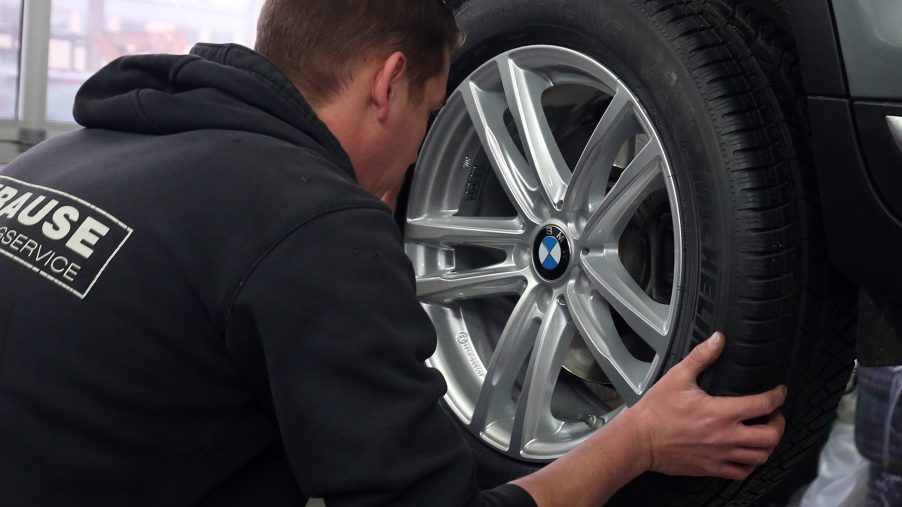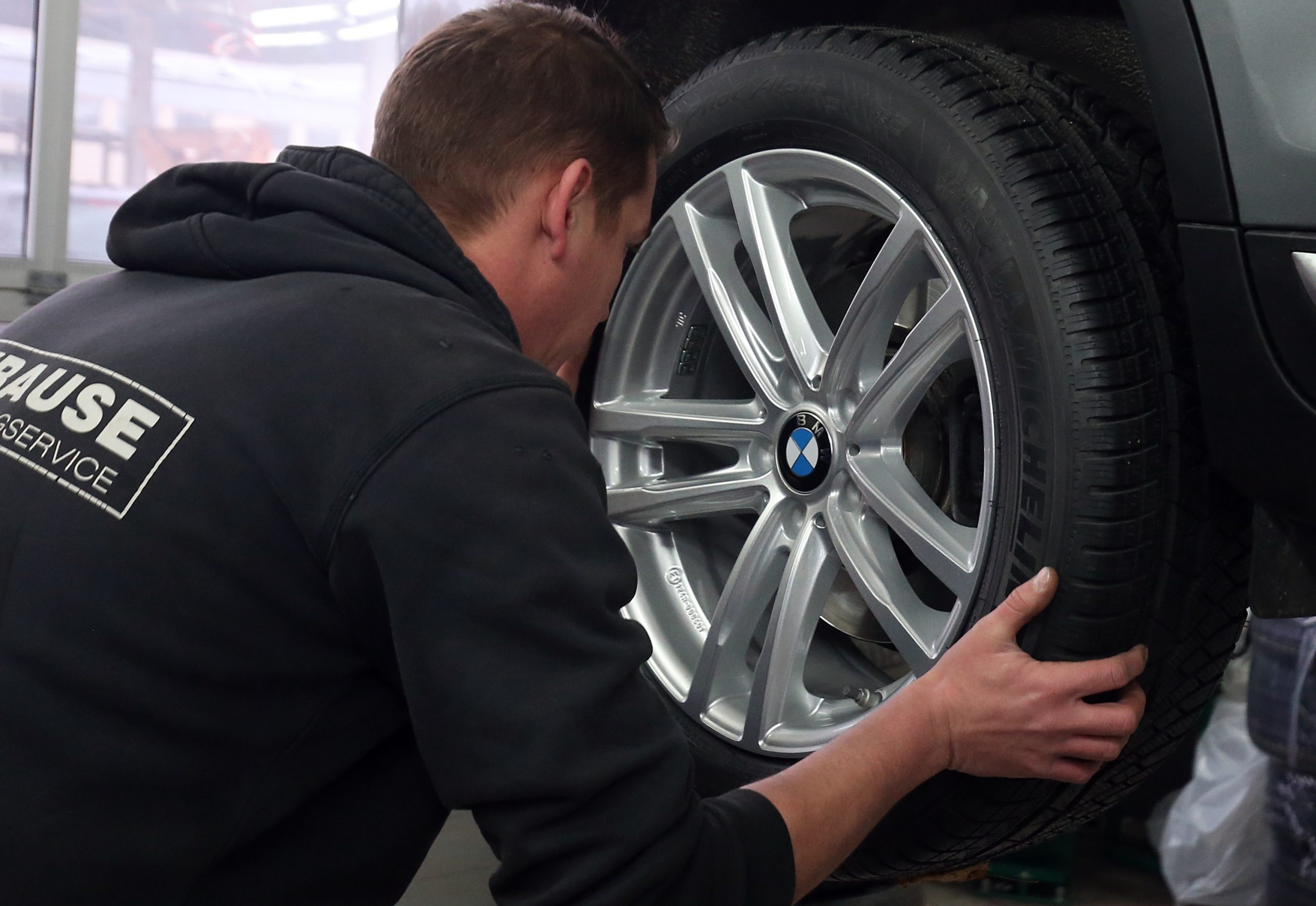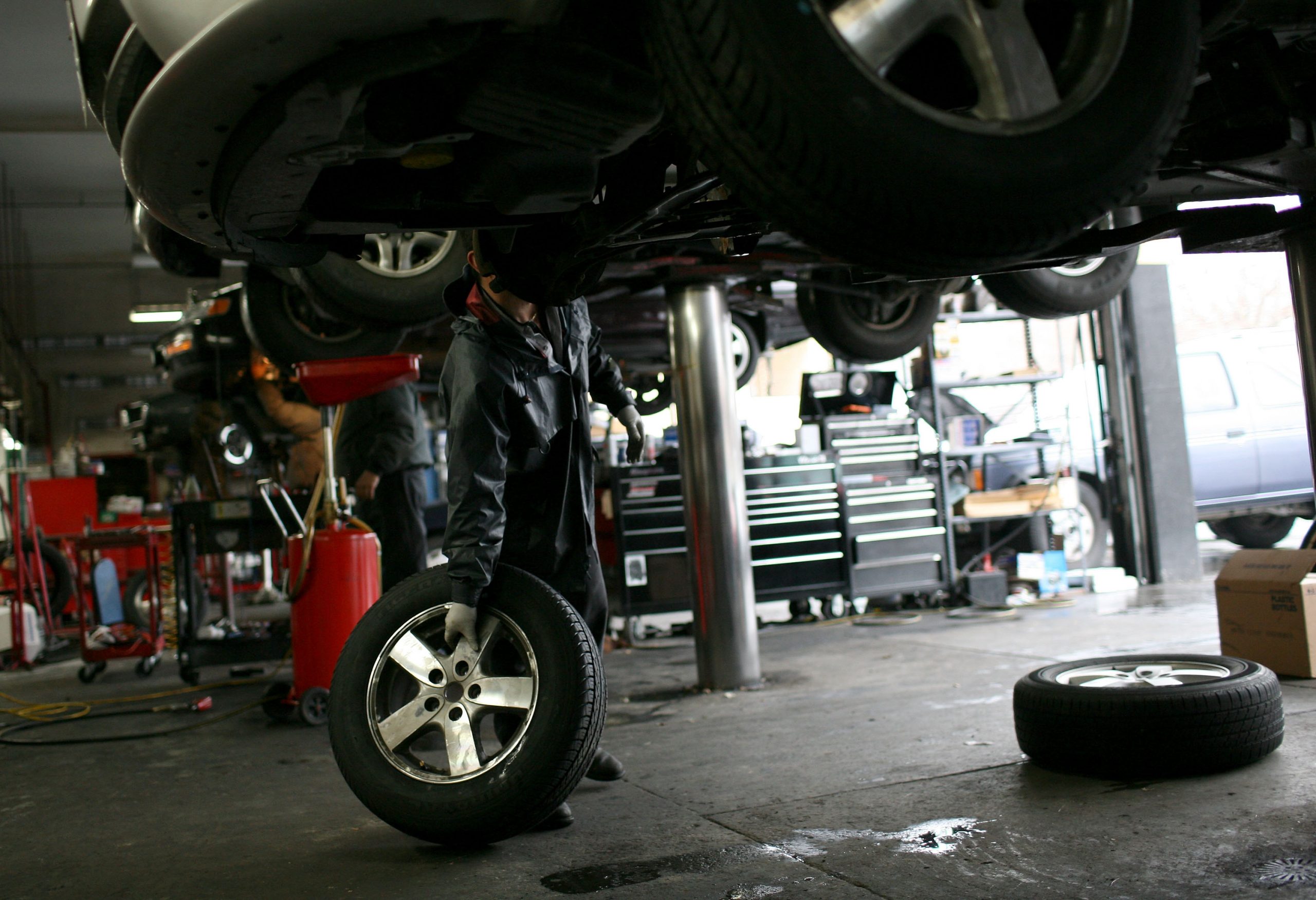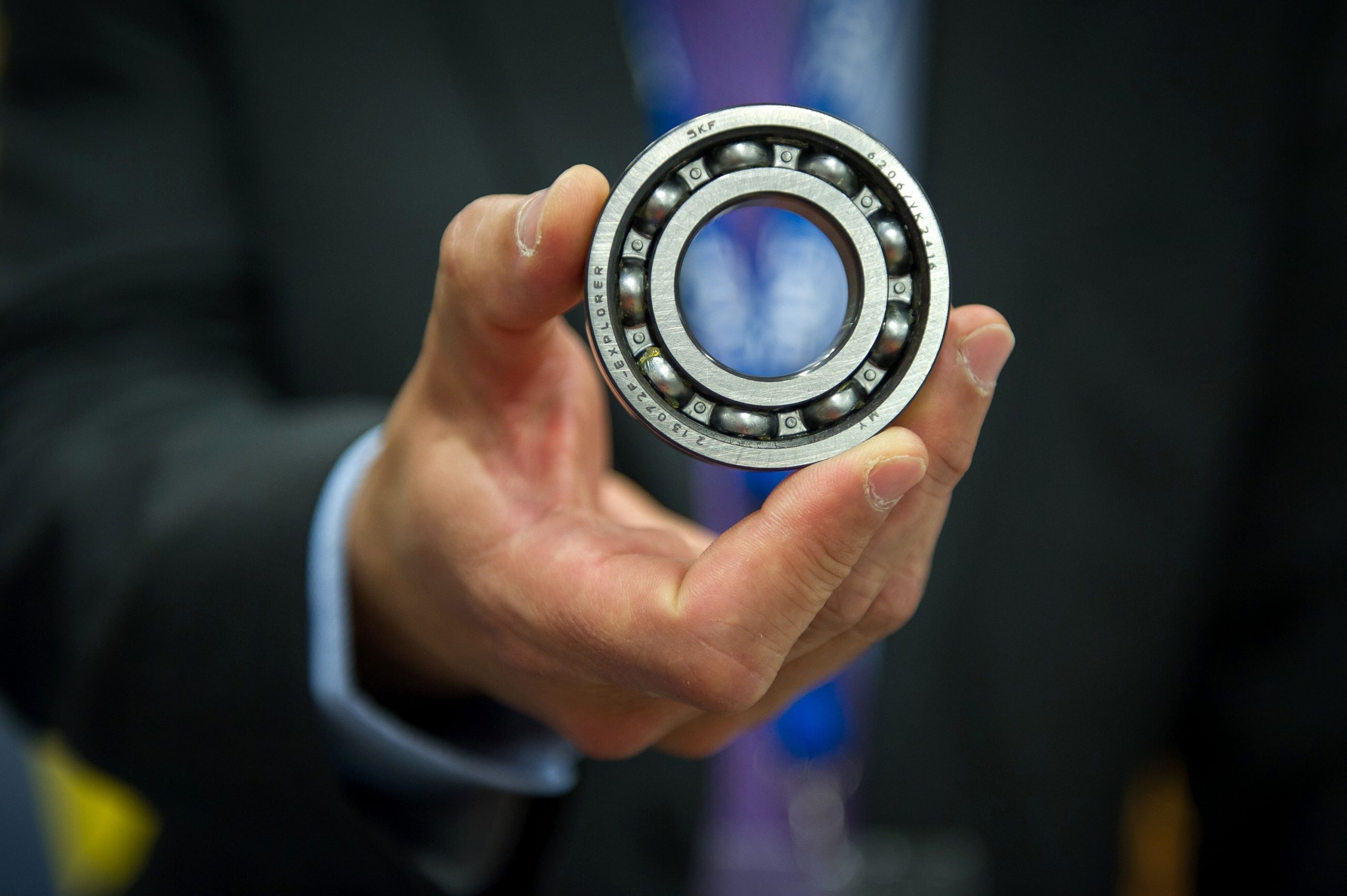
How to Tell if Your Car’s Wheel Bearings Are Bad
- Bad wheel bearings can cost more than $300 to fix
- Wheel wobble, groaning noises, and loose steering can all mean a bad bearing
- Only DIY a wheel bearing replacement if you’re an experienced home mechanic
Why does your car sound like, and drive like, a horse-drawn carriage? General feelings of crappiness? It’s probably a wheel bearing. And if it’s one, that means the rest of these oh-so-important little components aren’t far from joining their brethren in the great scrapyard in the sky. So, let’s talk about what you can do to keep these parts running, how to know when they’ve failed, and if you can just DIY the necessary repairs. It’s wheel bearings 101.

What are the symptoms of a bad wheel bearing?
First, let’s discuss what they do. In essence, they’re the near-frictionless part of the wheel assembly that lets your car’s wheels spin. They look and function a lot like the bearings on a skateboard. In more technical terms, they’re located between the drive axle and your brake rotor. Packed tight and covered in oil, they allow your wheel to spin freely in addition to supporting much of your car’s weight. You can find these wheel bearings at the center of your hub, basically right behind the logo on your wheel.
Your car feeling like an 18th Century ox cart isn’t the only way to know if you’ve got bum bearings in your wheels. The best way to identify bum bearings is a low humming noise. That can be hard to pick out from things like tire noise, but it, combined with other symptoms, is a surefire way to diagnose this common problem. If it sounds like a small dog is growling at you through the dash, increasing with speed, you’ve got a bad bearing. As things get worse, you’ll also begin to notice wheel wobble, sometimes called “death wobble”.
How much does it cost to replace a wheel bearing?

If you’ve got all three of those symptoms, you’re looking at needing to replace the wheel bearings on your car. Unfortunately, pinning down a cost for such a broad item is tough. KBB says it’ll run you about $350 for a bad wheel bearing, but that cost can swing wildly. If you have a luxury car like a BMW or Audi, those parts will cost more. I called my shop to see what it’d run on my E46 BMW M3, for example. They told me it’d be about $1,000 to do all four bearings.
Thankfully, things become a bit more reasonable if you’ve got a more affordable used car than me. High-end, depreciated German sports cars are often pricy to fix. KBB estimates the repairs on a used Honda Civic from 2012 to be roughly $500. Reasonable, but keep in mind that if one bearing fails, the rest aren’t far behind.
You can replace bad bearings yourself- if you have lots of tools

But what about the DIY route? It’s certainly cheaper, but only if you’ve got the tools. Do NOT do this if you aren’t a somewhat experienced mechanic. Specific torque specs must be adhered to, and if you don’t know what that means you need to just go to a mechanic. But there’s money to be saved. That 2012 Civic bearing is only $114, meaning you can swap all four for the cost of getting one done should you want to DIY things. No matter what, if you’ve got any excessive noise, grinding, or poor handling, you need to have your wheel bearings examined.


